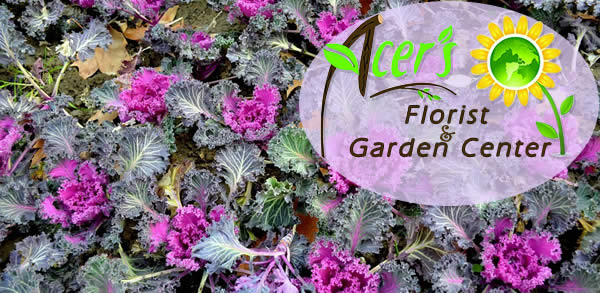
One of the challenges many gardeners face is how to add texture and interest to the landscape. One of the best ways to do this is by adding ornamental grasses to your garden. They have a natural fountainous growing habit and many produce beautiful flower blooms that will light up any garden.
Ornamental grasses are incredibly low maintenance, grow quickly, and are naturally disease and insect resistant. Add to that, their natural swaying movement in even the slightest of breezes and you have plants that add unparalleled beauty to any garden setting.
Another great feature of ornamental grasses is the fact that they come in a wide variety of shapes, sizes and color. There are many grasses that are perfect for creating borders and others that provide a nice backdrop to other plants or look perfect as individual featured specimens. The colors range from gold, green, silver and blue to shades of purple, burgundy, red and orange.
While most ornamental grasses prefer moist soil conditions, most become quite drought tolerant once established. They require very little fertilization and can get by with a single feeding of plant food per year. Most shorter varieties require no pruning at all (short of removing any spent flowers) and the only maintenance taller varieties require is a crew cutin late winter (down to 4-6" inches above ground level) to encourage new growth in spring.
We have a great selection of ornamental grasses just waiting for an opportunity to add interest and beauty to your garden.
Click to print this article.

Depending on which plant you're talking about, Morning Glory plants are either a beautiful sight, or a scourge to be eliminated.
The easily controlled annual plants that are sold in garden centers are lovely, but their native cousin, commonly referred to as bindweed, is hearty, and hard to get rid of. Indgenous members of the Morning Glory family are found almost everywhere on the planet, and they are universally hard to control.
Bindweed typically spreads via rhizomes, which are sections of roots that store energy and are capable of producing an entirely new plant. Spreading over the top of the ground, the plant will drop new roots into the ground wherever it touches.
Unfortunately, it is very hard to dig out these new, unwanted, plants, without making the problem worse. Have you ever seen the segment in the movie Fantasia where Mickey is trying to get rid of the broom sticks? It's very much like that.
Because each rhizome is capable of becoming a new plant, attempts at digging or tilling them out can just make the problem worse.
If you have a smallish patch, the best bet is to block the sunlight from the plant, whether by using carpet, black plastic, or even sod, and then cutting out any shoots that appear from underneath before they can restock the rhizomes with more energy.
You'll need to go out every week, or at least every two weeks, to pull any shoots that make it to the light. This can take up to a year, but you must remain vigilant. If you let them get sunlight, the plant will replenish the rhizomes and you will be starting over again.
There are also chemical solutions that will help control bindweed. The best time to use them is in the fall. Repeated applications will probably be necessary, as the roots can be over 10' deep into the ground. Again, checking regularly will help you stay ahead of the game.
Another thing to consider is that even though your eradication campaign is successful, your neighbors could be making the problem worse by ignoring it.
Discussing your project with your neighbors and working together will save you a lot of time and frustration in the long run.
Click to print this article.



















